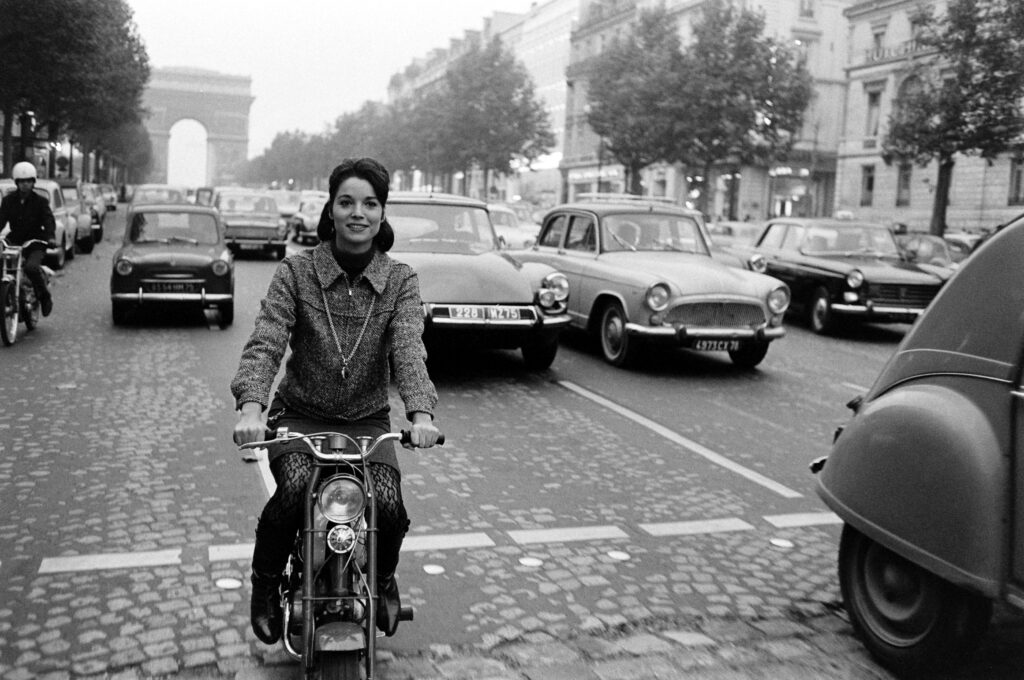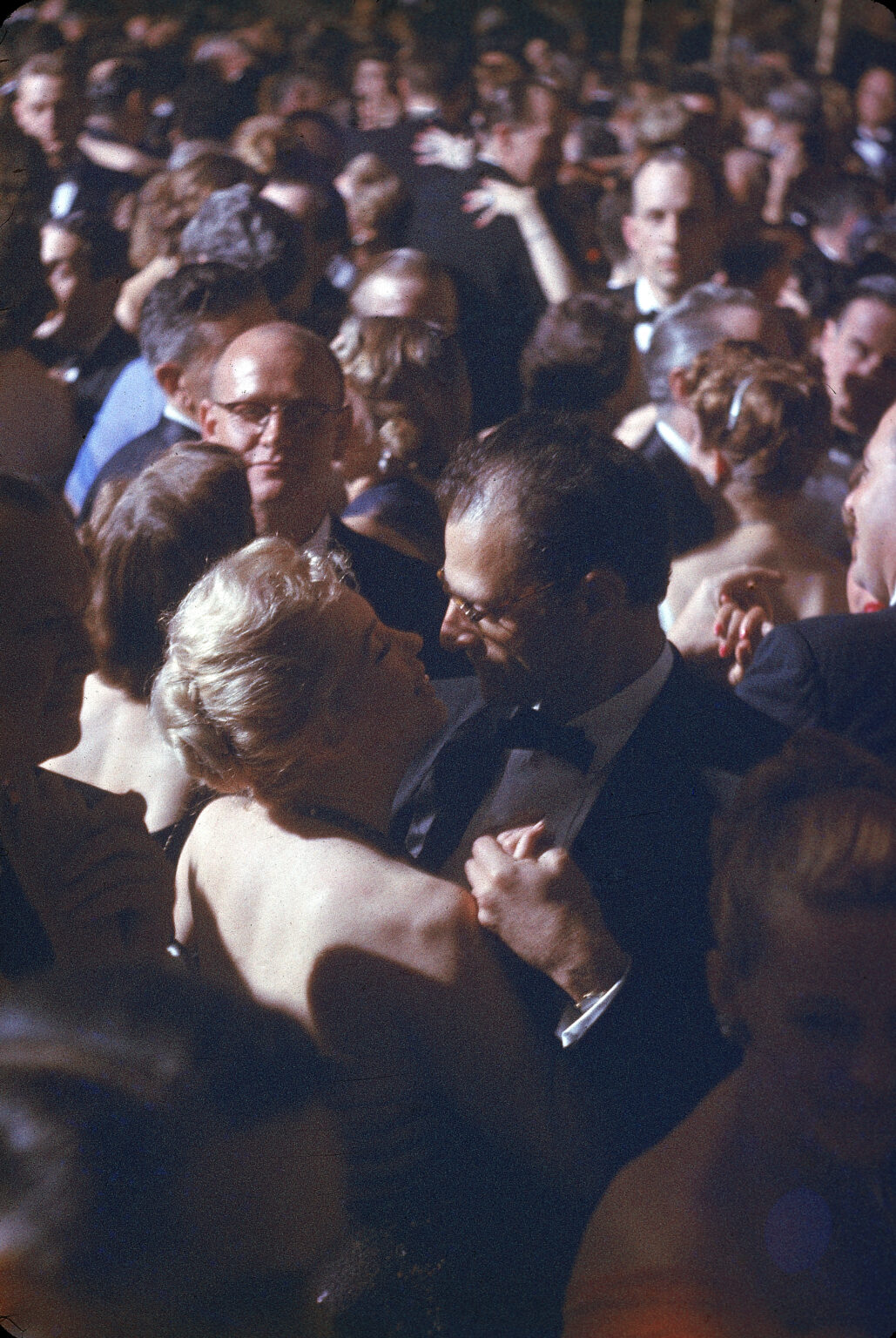Carl Mydans belongs on anyone’s short list of the 20th century’s finest photojournalists. The Boston native chronicled downtrodden migrant farmers in New England and the American South during the Great Depression, covered the Soviet invasion of Finland in 1939, documented Gen. Douglas MacArthur’s legendary “return” to the Philippines in 1945 and was aboard the USS Missouri when a Japanese delegation signed surrender documents, ending the Second World War.
In 1956, Mydans also memorably captured the mercurial essence of an utterly compelling figure who, in his own time and in his own way, was as fascinating as any that ever graced the pages of LIFE: Horace the housebroken hare.
The notion of a wild hare (distinguished from a mere rabbit by its longer ears, longer legs and other physical traits) living in one’s house does not sit well with a lot of people. Men and women who are perfectly content to let a cat or dog roam around their homes will shiver in something like revulsion at the idea of a virile, bright-eyed hare hopping blithely through the kitchen, hanging out in the bathroom or sitting quietly on the living room sofa.
Judging by the mood of Mydans’ photographs, however, Horace and his people—the Webbs of Dublin, Ireland—appear to have come to an amicable agreement about how to get along under the same roof. In fact, in most of these pictures, it’s evident that the hare holds sway in the household, and the humans are there, for the most part, simply to do Horace’s bidding.
In its March 12, 1956, issue, LIFE shared the housebroken hare’s tale and Mydans’ pictures with the magazine’s readers:
It is the usual fate of the Irish hare, a wild strain betwixt the Scottish and European varieties, to sleep by day in the hedgerows and by night to scurry through plowed fields in search of leafy delicacies. To live long he must be a wary hare, on guard always against man, his guns and dogs.
This might have been the life of Horace, the loveable hare, had he not fallen three years ago into the hands of Cecil S. Webb, director of the Dublin Zoo. Webb and his wife took Horace into their home to study the ways of small wild animals. They kept him on … because they had acquired a wonderful pet, as intelligent, playful and domesticated as any dog.
Horace loves to eat from his master’s mouth, kick and drum against him in mock battle, bound about the house from chair to bed to bureau. And hare, a favorite food all over Europe, has no place on the Webbs’ dining table.
Liz Ronk edited this gallery for LIFE.com. Follow her on Twitter at @LizabethRonk.

Cecil S. Webb, director of the Dublin Zoo, with Horace the hare.
Carl Mydans The LIFE Picture Collection/Shutterstock

When he wanted to get in, Horace drummed his paws against the door.
Carl Mydans The LIFE Picture Collection/Shutterstock

Horace the hare sprawled out on the kitchen floor in home of Cecil S. Webb, director of the Dublin Zoo, 1956.
Carl Mydans The LIFE Picture Collection/Shutterstock

Horace the Irish hare took a drink, 1956.
Carl Mydans The LIFE Picture Collection/Shutterstock

Horace the Irish hare, 1956.
Carl Mydans The LIFE Picture Collection/Shutterstock

Horace the hare and Cecil S. Webb, director of the Dublin Zoo, 1956.
Carl Mydans The LIFE Picture Collection/Shutterstock

Horace the Irish hare, 1956.
Carl Mydans The LIFE Picture Collection/Shutterstock

Horace the Irish hare, 1956.
Carl Mydans The LIFE Picture Collection/Shutterstock

When the Webbs played table tennis, Horace took his place at midcourt and watched the ball flash by. Sometimes he caught it and ran off with it.
Carl Mydans The LIFE Picture Collection/Shutterstock

Horace the Irish hare in midair, 1956.
Carl Mydans The LIFE Picture Collection/Shutterstock

Horace liked to sit on a rug while Webb pulled him rapidly around the room. He was seldom thrown from the rug, balancing cleverly as it made sharp turns.
Carl Mydans The LIFE Picture Collection/Shutterstock

Horace the Irish hare in mid-snack, 1956.
Carl Mydans The LIFE Picture Collection/Shutterstock

Horace the Irish hare, 1956.
Carl Mydans The LIFE Picture Collection/Shutterstock

When bedtime came, Horace usually acted as if he was asleep and forced Webb to pick him up and carry him to an outside run.
Carl Mydans The LIFE Picture Collection/Shutterstock

Portrait of Horace the Irish hare, 1956.
Carl Mydans The LIFE Picture Collection/Shutterstock

Horace the Irish hare navigated the stairs in home of Cecil S. Webb, director of the Dublin Zoo, 1956.
Carl Mydans The LIFE Picture Collection/Shutterstock

















































































































